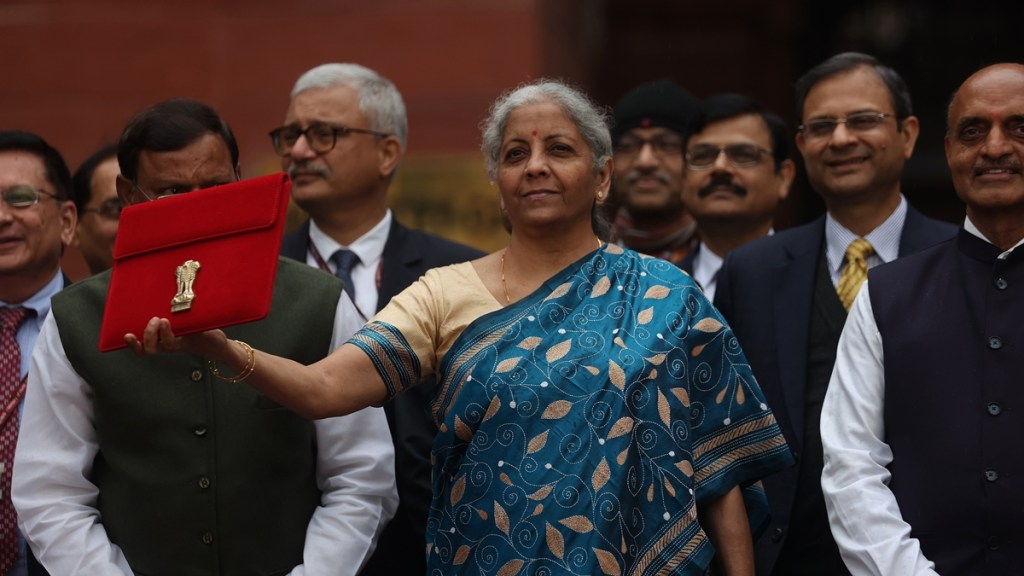The Economic Survey and the Budget are two critical documents in India’s fiscal policy landscape, each serving distinct yet complementary roles in shaping the country’s economic strategy and priorities.
Understanding Economic Survey
Imagine the economic survey as a detailed report card on the country’s financial performance over the past year. Prepared by the Chief Economic Advisor, it dives deep into key economic indicators like Gross Domestic Product (GDP) growth, inflation rates, and the performance of various sectors like agriculture, industry, and services. The survey also analyzes the government’s fiscal deficit, which tells us the gap between its income and spending. Here are key aspects of the Economic Survey:
-Analysis of Economic Performance: It offers a comprehensive review of the economic performance, covering aspects like GDP growth, inflation, fiscal deficit, external sector developments, employment trends, and sectoral performance.
-Policy Recommendations: The Survey provides policy recommendations based on economic analysis. These recommendations often include reforms needed to address current economic challenges and enhance long-term growth prospects.
-Data-driven Insights: It includes detailed data, charts, and graphs to illustrate economic trends and projections, making it a valuable resource for policymakers, economists, and analysts.
-Medium to Long-term Outlook: While it provides insights into the current economic situation, its focus extends to medium to long-term economic outlook and potential challenges.
-Global and Domestic Context: It contextualizes India’s economic performance within the global economic environment and discusses implications of global trends on domestic policies.
Union Budget:
The Union Budget, presented annually by the Finance Minister, outlines the government’s revenue and expenditure plans for the upcoming fiscal year. Here are its primary features:
-Revenue and Expenditure Allocation: It details the government’s projected revenue from various sources (taxes, borrowings, etc.) and allocates funds across sectors and schemes.
-Policy Initiatives: The Budget introduces new policy measures, tax proposals, and reforms aimed at achieving economic growth, promoting social welfare, and addressing fiscal challenges.
-Sectoral Allocations: It specifies budgetary allocations for key sectors like agriculture, education, healthcare, infrastructure, defense, etc., reflecting government priorities.
-Fiscal Deficit and Debt Management: It includes projections of fiscal deficit (the difference between government’s total revenue and expenditure) and outlines strategies for managing public debt.
-Public Finance Transparency: The Budget enhances transparency in public finance by detailing how taxpayers’ money will be utilized, ensuring accountability.
Key Differences:
-Timing and Scope: The Economic Survey precedes the Budget and provides a comprehensive analysis of economic trends and challenges, whereas the Budget outlines financial allocations and policy measures for the upcoming fiscal year.
-Nature of Content: The Economic Survey focuses on economic analysis, trends, and recommendations, while the Budget emphasizes fiscal allocations, revenue generation, and expenditure planning.
-Audience: The Economic Survey is primarily for economists, researchers, and analysts interested in economic trends, while the Budget targets a broader audience including taxpayers, businesses, and investors affected by fiscal policies.
In short, while the Economic Survey offers a diagnosis and prescription for the economy’s health and future direction, the Union Budget translates these insights into concrete fiscal policies and allocations, playing a pivotal role in India’s economic governance and development strategy.


